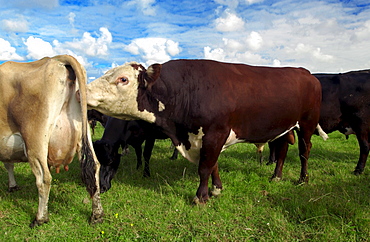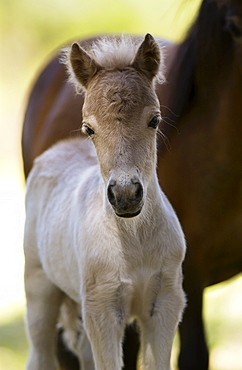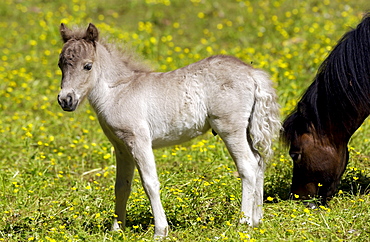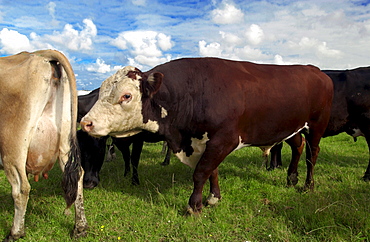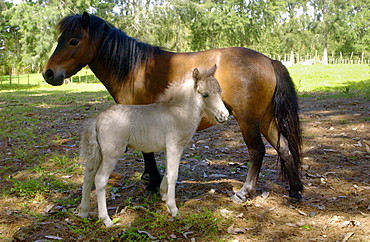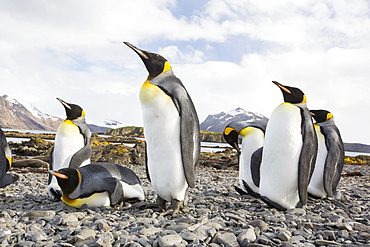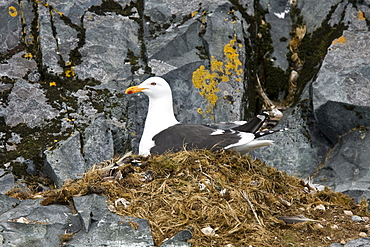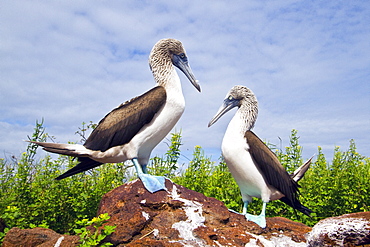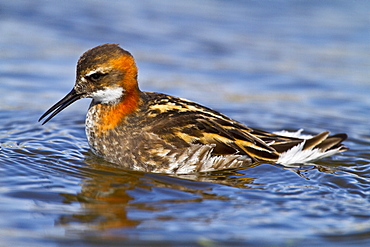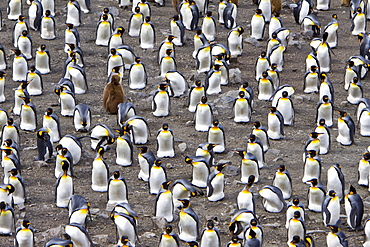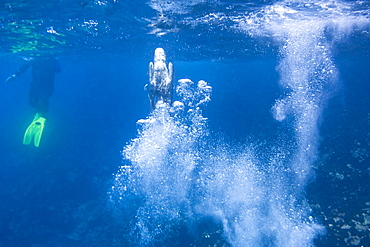Results
« Previous 1 … 3 4 5
407 results found
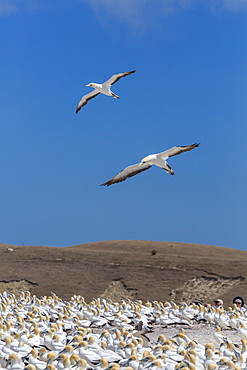
Australasian gannet (Morus serrator), breeding colony at Cape Kidnappers, North Island, New Zealand, Pacific
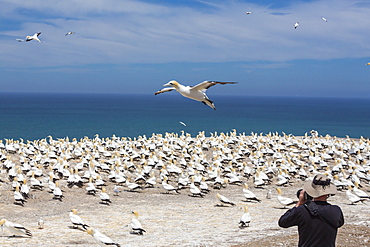
Australasian gannet (Morus serrator), breeding colony at Cape Kidnappers, North Island, New Zealand, Pacific
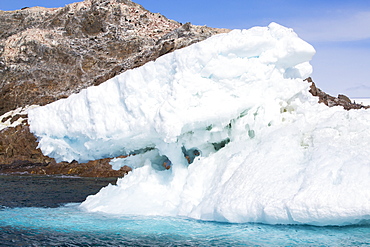
Guano in an Adelie Penguin, Pygoscelis adeliae, colony at Madder Cliffs, Suspiros Bay, at the west end of Joinville Island, Antarctica. Adelie's are a true Antarctic species which are suffering as a result of climate change, The Antarctic Peninsular, their only breeding grounds, is one of the fastest warming areas on the planet. This is causing Adelies to migrate south. They are reducing in numbers, they feed almost exclusively on Krill, which is also declining as a result of climate change.
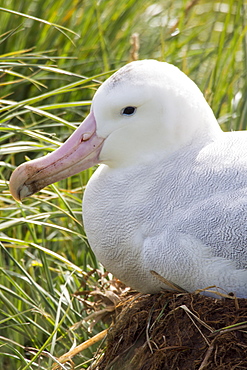
A Wandering Albatross; Diomedea exulans, the bird with the largest wing span on the planet, at around 11 feet 6 inches, nesting on Prion Island, South Georgia, Southern Ocean.
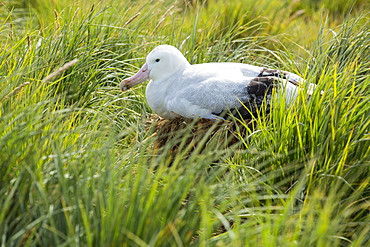
A Wandering Albatross; Diomedea exulans, the bird with the largest wing span on the planet, at around 11 feet 6 inches, nesting on Prion Island, South Georgia, Southern Ocean.
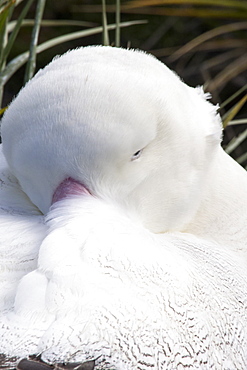
A Wandering Albatross; Diomedea exulans, the bird with the largest wing span on the planet, at around 11 feet 6 inches, nesting on Prion Island, South Georgia, Southern Ocean.
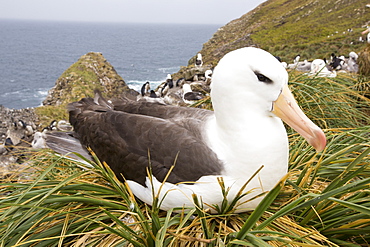
A Black Browed Albatross (Thalassarche melanophris) sitting on a nest in a mixed nesting colony of albatross's and Rockhopper Penguins (Eudyptes chrysocome) on Westpoint island in the Falkland Islands off argentina, in South America. Albatrosses are globally thratened by long line fishing boats who are responsible for killing thousands of birds.
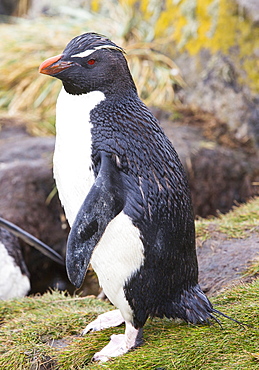
Rockhopper Penguins (Eudyptes chrysocome) washing in a stream on Westpoint island in the Falkland Islands off argentina, in South America. Numbers off rocxkhoppers have declined substantially, partly due to competition with commercial fishing and partly due to climate change, which causes their prey food to migrate to cooler waters.
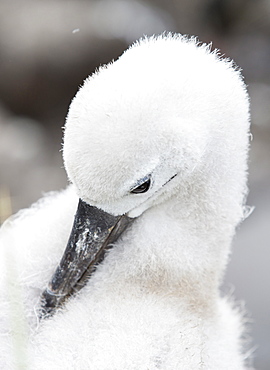
A Black Browed Albatross (Thalassarche melanophris) chick sitting on a nest in a mixed nesting colony of albatross's and Rockhopper Penguins
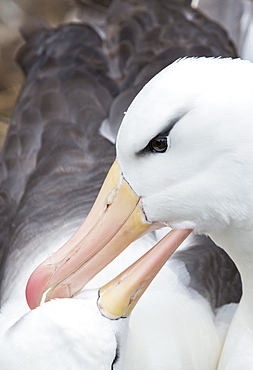
A pair of Black Browed Albatross (Thalassarche melanophris) Allopreening to reinforce the pair bond in a nesting colony on Westpoint island in the Falkland Islands off Argentina, in South America. Albatrosses are globally thratened by long line fishing boats who are responsible for killing thousands of birds.
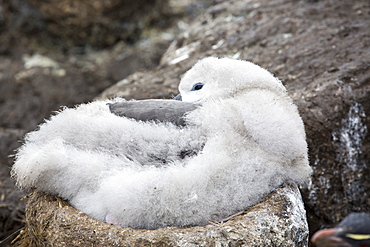
A Black Browed Albatross (Thalassarche melanophris) chick sitting on a nest in a mixed nesting colony of albatross's and Rockhopper Penguins
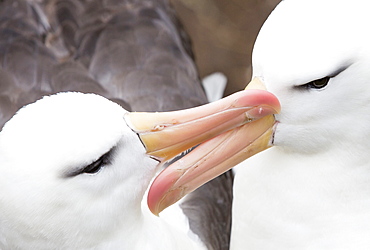
A pair of Black Browed Albatross (Thalassarche melanophris) Allopreening to reinforce the pair bond in a nesting colony on Westpoint island in the Falkland Islands off Argentina, in South America. Albatrosses are globally thratened by long line fishing boats who are responsible for killing thousands of birds.
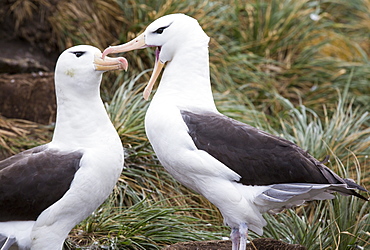
A pair of Black Browed Albatross (Thalassarche melanophris) Allopreening to reinforce the pair bond in a nesting colony on Westpoint island in the Falkland Islands off argentina, in South America. Albatrosses are globally thratened by long line fishing boats who are responsible for killing thousands of birds.
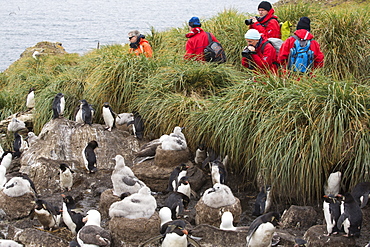
A mixed Black Browed Albatross (Thalassarche melanophris) and Rockhopper Penguins (Eudyptes chrysocome) nesting colony on Westpoint island in the Falkland Islands off Argentina, in South America, being watched by a group on a wildlife tourist trip.
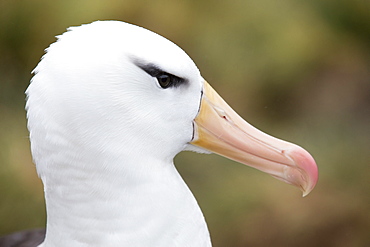
A Black Browed Albatross (Thalassarche melanophris) in a nesting colony of albatross's and Rockhopper Penguins (Eudyptes chrysocome) on Westpoint island in the Falkland Islands off argentina, in South America. Albatrosses are globally thratened by long line fishing boats who are responsible for killing thousands of birds.
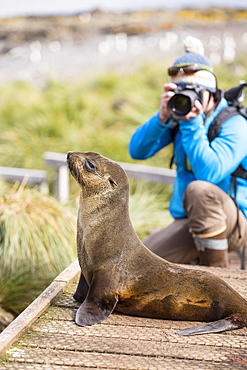
A female Antarctic Fur Seal (Arctocephalus gazella) on Prion Island, South Georgia, Southern Ocean, and a wildlife photographer.
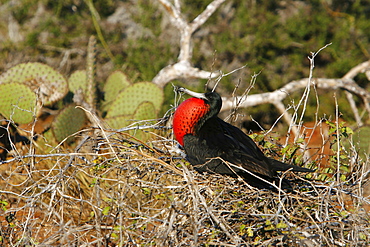
Male great frigate bird (Fregata minor) displaying with bright red gular pouch on nesting and breeding site on North Seymour Island in the Galapagos Island Group, Ecuador. Pacific Ocean.
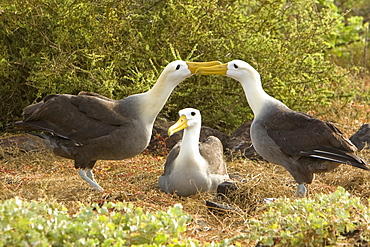
Adult waved albatross (Diomedea irrorata) at breeding colony on Espanola Island in the Galapagos Island Archipelago, Ecuador
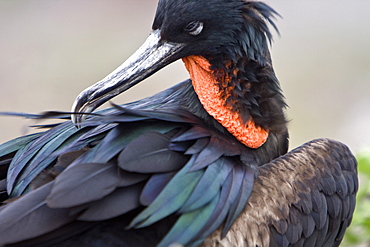
Adult male great frigate bird (Fregata minor) at nesting and breeding site on North Seymour Island in the Galapagos Island Group, Ecuador. Pacific Ocean

Male Great frigatebird (Fregata minor) in breeding plumage (note the red gular pouch) on North Seymour Island in the Galapagos Island Archipelago, Ecuador

Male Great frigatebird (Fregata minor) in breeding plumage (note the red gular pouch) on North Seymour Island in the Galapagos Island Archipelago, Ecuador
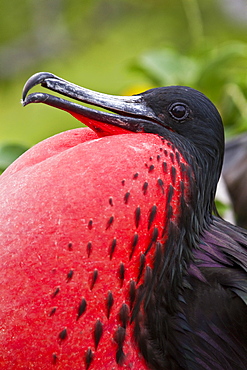
Male Great frigatebird (Fregata minor) in breeding plumage (note the red gular pouch) on North Seymour Island in the Galapagos Island Archipelago, Ecuador
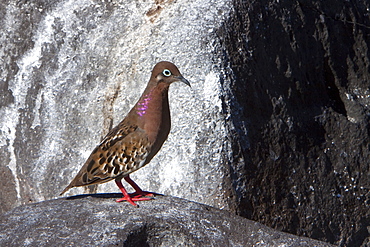
An adult Galapagos dove (Zenaida galapagoensis) in beautiful breeding plumage on Espanola Island in the Galapagos Island Archipelago, Ecuador
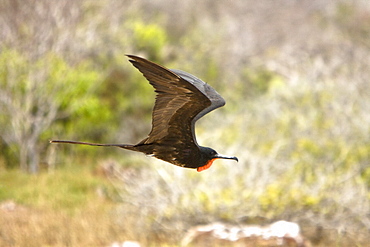
Adult male great frigate bird (Fregata minor) at nesting and breeding site on North Seymour Island in the Galapagos Island Group, Ecuador. Pacific Ocean
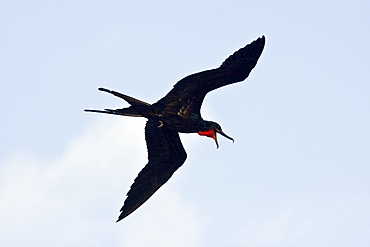
Adult male great frigate bird (Fregata minor) at nesting and breeding site on North Seymour Island in the Galapagos Island Group, Ecuador. Pacific Ocean
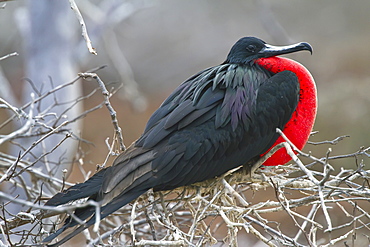
Male great frigatebird (Fregata minor) in breeding plumage in the Galapagos Island Archipelago, Ecuador
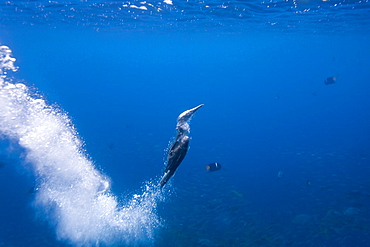
Blue-footed booby (Sula nebouxii) plunge-diving underwater in the Galapagos Island Group, Ecuador. The Galapagos are a nesting and breeding area for blue-footed boobies.
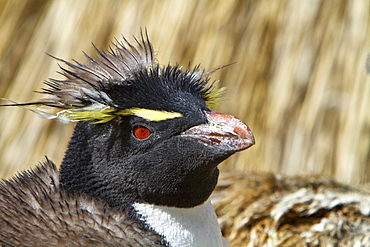
Adult southern rockhopper penguin (Eudyptes chrysocome chrysocome) at breeding and molting colony on New Island in the Falkland Islands, South Atlantic Ocean
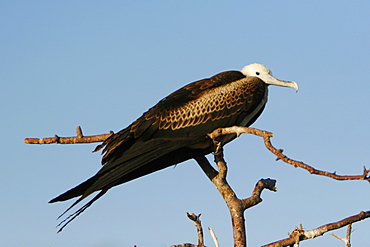
Juvenile great frigate bird (Fregata minor) nesting and breeding site on North Seymour Island in the Galapagos Island Group, Ecuador. Pacific Ocean.
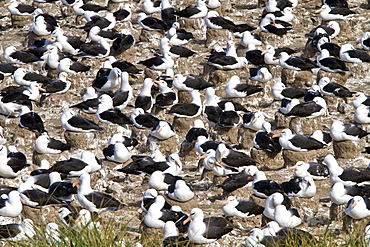
Black-browed albatross (Thalassarche melanophrys) breeding colony on Steeple Jason Island in the Falkland Islands, South Atlantic Ocean
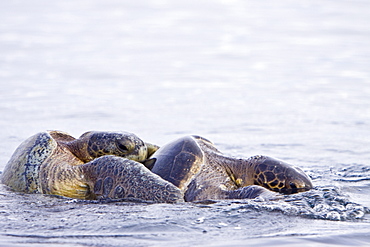
Adult green sea turtles (Chelonia mydas agassizii) mating (male on top of female) in the waters surrounding the Galapagos Island Archipeligo, Ecuador. Pacific Ocean.
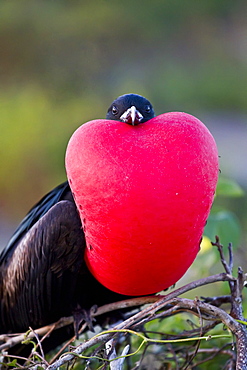
Male Great frigatebird (Fregata minor) in breeding plumage (note the red gular pouch) on Genovesa (Tower) Island, in the Galapagos Island Archipelago, Ecuador
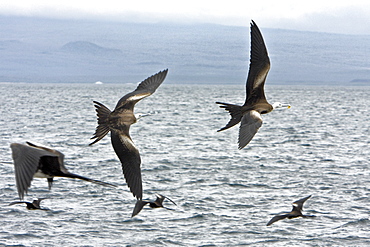
Juvenile great frigate birds (Fregata minor) vie for food on nesting and breeding site on North Seymour Island in the Galapagos Island Group, Ecuador. Pacific Ocean
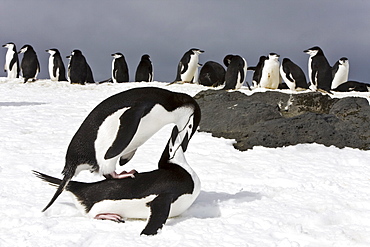
Chinstrap penguin pair mating (Pygoscelis antarctica) at breeding colony on Bailey Head on Deception Island in the South Shetland Islands, Antarctica
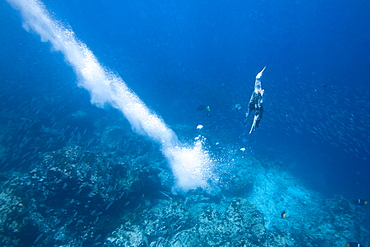
Blue-footed booby (Sula nebouxii) plunge-diving underwater in the Galapagos Island Group, Ecuador. The Galapagos are a nesting and breeding area for blue-footed boobies.
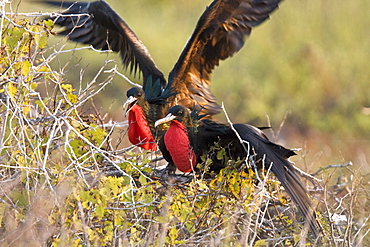
Male great frigate bird (Fregata minor) displaying to each other on nesting and breeding site on North Seymour Island in the Galapagos Island Group, Ecuador. Pacific Ocean
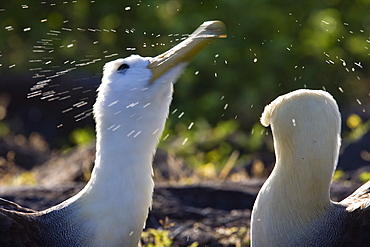
Adult waved albatross (Diomedea irrorata) at breeding colony on Espanola Island in the Galapagos Island Archipelago, Ecuador
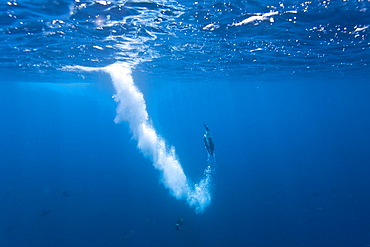
Blue-footed booby (Sula nebouxii) plunge-diving underwater in the Galapagos Island Group, Ecuador. The Galapagos are a nesting and breeding area for blue-footed boobies.
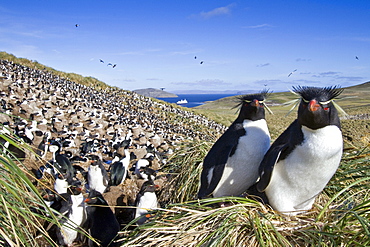
Adult rockhopper penguin (Eudyptes chrysocome chrysocome) at breeding and molting colony on New Island in the Falkland Islands, South Atlantic Ocean
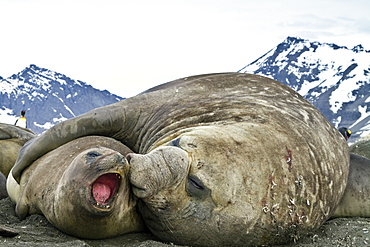
Southern elephant seal (Mirounga leonina) mating behavior on South Georgia Island in the Southern Ocean
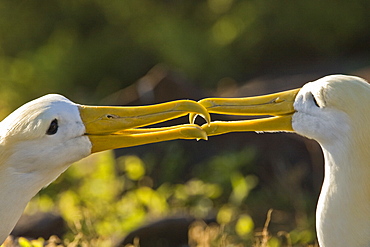
Adult waved albatross (Diomedea irrorata) at breeding colony on Espanola Island in the Galapagos Island Archipelago, Ecuador
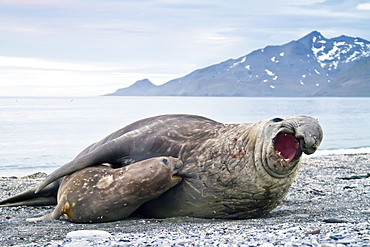
Southern elephant seal (Mirounga leonina) mating behavior on South Georgia Island in the Southern Ocean
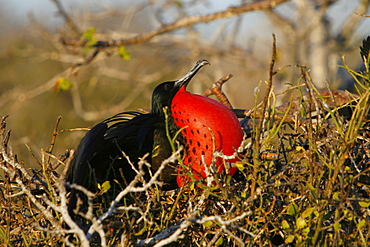
Male great frigate bird (Fregata minor) showing expanded gular pouch near nesting and breeding site on North Seymour Island in the Galapagos Island Group, Ecuador, Pacific Ocean.
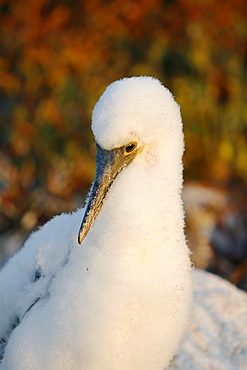
Blue-footed booby (Sula nebouxii) chick in the Galapagos Island Group, Ecuador. The Galapagos are a nest and breeding area for blue-footed boobies.
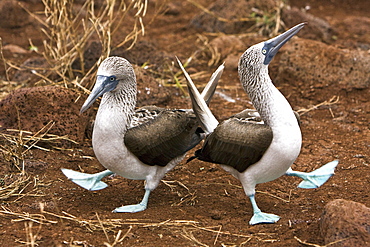
Blue-footed booby (Sula nebouxii) pair in courtship ritual in the Galapagos Island Group, Ecuador. The Galapagos are a nesting and breeding area for blue-footed boobies.

Antarctic Shag (Phalacrocorax (atriceps) bransfieldensis) returning to nest with kelp on breeding colony on Petermann Island on the west side of the Antarctic Peninsula
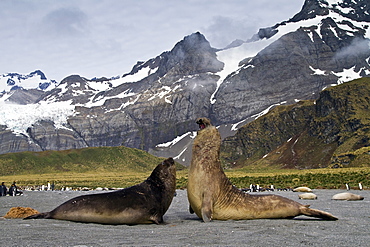
Adult bull southern elephant seals (Mirounga leonina) fighting for breeding grounds on South Georgia Island in the Southern Ocean
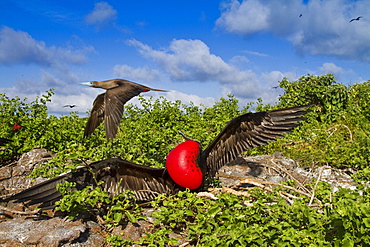
Male Great frigatebird (Fregata minor) in breeding plumage (note the red gular pouch) on Genovesa (Tower) Island, in the Galapagos Island Archipelago, Ecuador
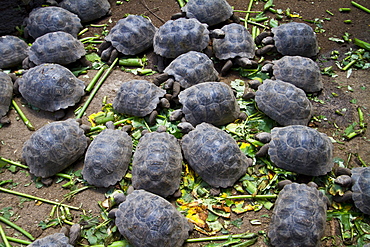
Young Captive Galapagos giant tortoise (Geochelone elephantopus) being fed at the tortuguero breeding station, Puerto Villamil on Isabela Island in the Galapagos Island Archipelago, Ecuador
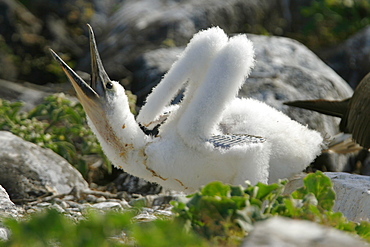
Blue-footed booby (Sula nebouxii) chick calling for food from a parent in the Galapagos Island Group, Ecuador. The Galapagos are a nest and breeding area for blue-footed boobies.
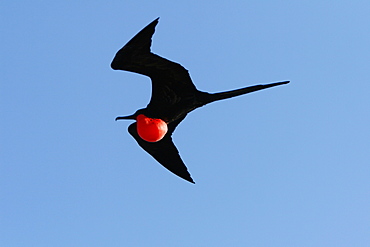
Male great frigate bird (Fregata minor) in flight showing expanded gular pouch near nesting and breeding site on North Seymour Island in the Galapagos Island Group, Ecuador. Pacific Ocean.
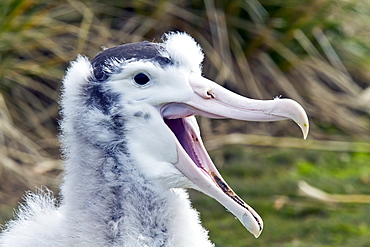
Wandering albatross (Diomedea exulans) chick at breeding colony on Prion Island, Bay of Isles, South Georgia, Southern Ocean
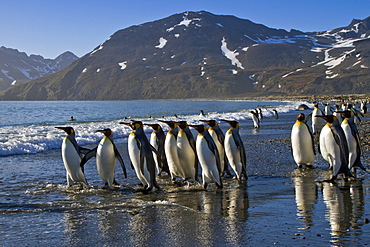
King penguin (Aptenodytes patagonicus) breeding and nesting colony on South Georgia Island, Southern Ocean.

An adult Galapagos dove (Zenaida galapagoensis) in beautiful breeding plumage on Espanola Island in the Galapagois Island Archipelago, Ecuador, Pacific Ocean
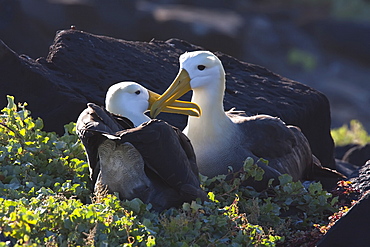
Adult waved albatross (Diomedea irrorata) courtship display at breeding colony on Espanola Island in the Galapagos Island Archipelago, Ecuador. Pacific Ocean
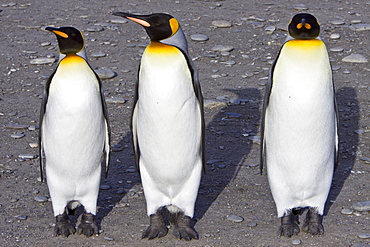
King Penguin (Aptenodytes patagonicus) breeding and nesting colonies on South Georgia Island, Southern Ocean.
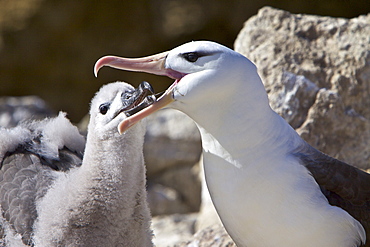
Adult Black-browed albatross (Thalassarche melanophrys) feeding and preening chick at breeding colony on New Island in the Falkland Islands, Southern Atlantic Ocean
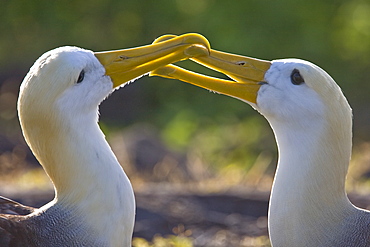
Adult waved albatross (Diomedea irrorata) at breeding colony on Espanola Island in the Galapagos Island Archipelago, Ecuador
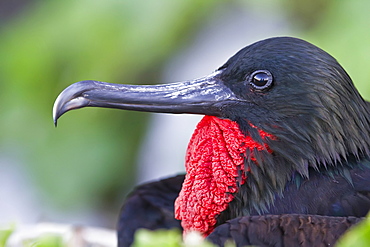
Male Great frigatebird (Fregata minor) in breeding plumage (note the red gular pouch) on Genovesa (Tower) Island, in the Galapagos Island Archipelago, Ecuador
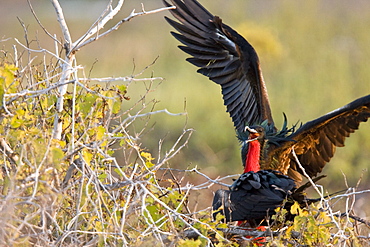
Adult male great frigate bird (Fregata minor) at nesting and breeding site on North Seymour Island in the Galapagos Island Group, Ecuador. Pacific Ocean

An adult Galapagos dove (Zenaida galapagoensis) in beautiful breeding plumage on Espanola Island in the Galapagois Island Archipelago, Ecuador, Pacific Ocean

Adult Adelie penguin (Pygoscelis adeliae) stealing a rock from a neighbors nest on breeding colony on Petermann Island, Antarctica
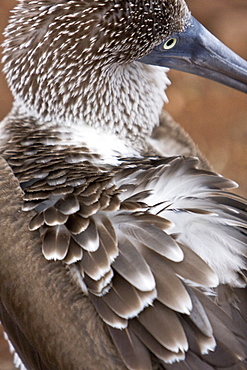
Blue-footed booby (Sula nebouxii) close-up in the Galapagos Island Group, Ecuador. The Galapagos are a nesting and breeding area for blue-footed boobies.
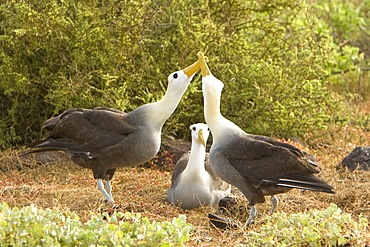
Adult waved albatross (Diomedea irrorata) at breeding colony on Espanola Island in the Galapagos Island Archipelago, Ecuador
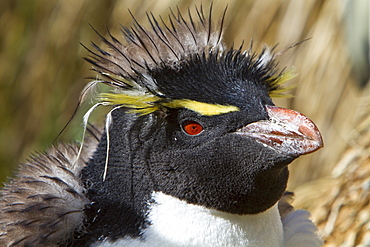
Adult southern rockhopper penguin (Eudyptes chrysocome chrysocome) at breeding and molting colony on New Island in the Falkland Islands, South Atlantic Ocean
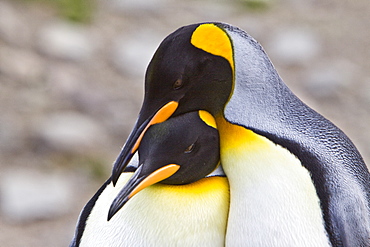
King Penguin (Aptenodytes patagonicus) breeding and nesting colonies on South Georgia Island, Southern Ocean.
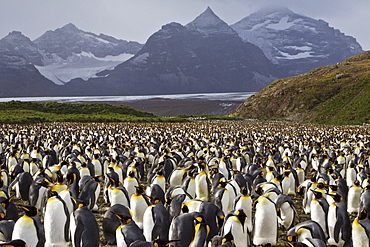
King Penguin (Aptenodytes patagonicus) breeding and nesting colonies on South Georgia Island, Southern Ocean.
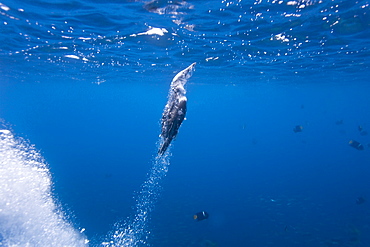
Blue-footed booby (Sula nebouxii) plunge-diving underwater in the Galapagos Island Group, Ecuador. The Galapagos are a nesting and breeding area for blue-footed boobies.
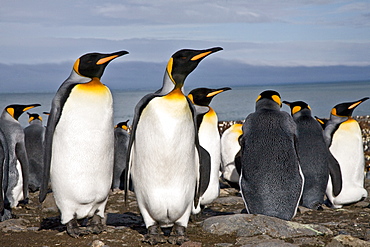
King Penguin (Aptenodytes patagonicus) breeding and nesting colonies on South Georgia Island, Southern Ocean.
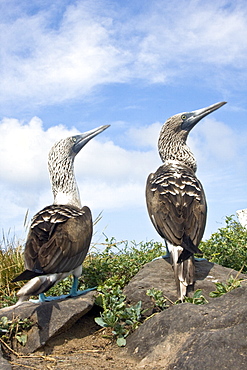
Blue-footed booby (Sula nebouxii) pair on Punta Suarez on Espanola Island in the Galapagos Island Group, Ecuador. The Galapagos are a nesting and breeding area for blue-footed boobies.
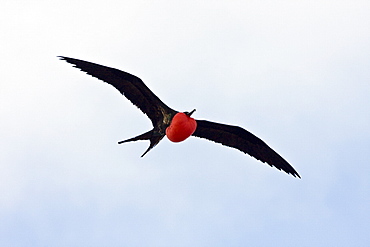
Adult male great frigate bird (Fregata minor) at nesting and breeding site on North Seymour Island in the Galapagos Island Group, Ecuador. Pacific Ocean

Adult southern rockhopper penguin (Eudyptes chrysocome chrysocome) at breeding and molting colony on New Island in the Falkland Islands, South Atlantic Ocean
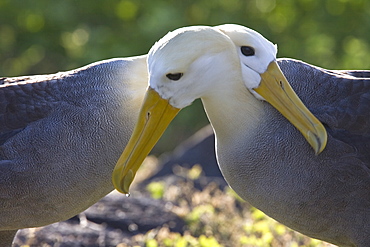
Adult waved albatross (Diomedea irrorata) at breeding colony on Espanola Island in the Galapagos Island Archipelago, Ecuador
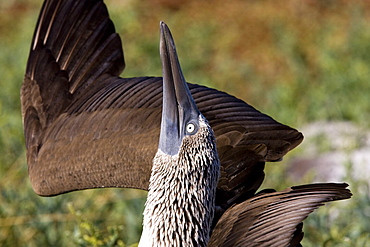
Blue-footed booby (Sula nebouxii) in the Galapagos Island Group, Ecuador. The Galapagos are a nesting and breeding area for blue-footed boobies.
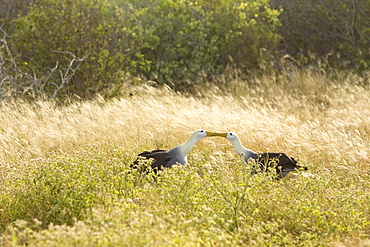
Adult waved albatross (Diomedea irrorata) at breeding colony on Espanola Island in the Galapagos Island Archipelago, Ecuador
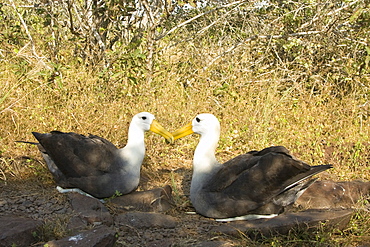
Adult waved albatross (Diomedea irrorata) at breeding colony on Espanola Island in the Galapagos Island Archipelago, Ecuador
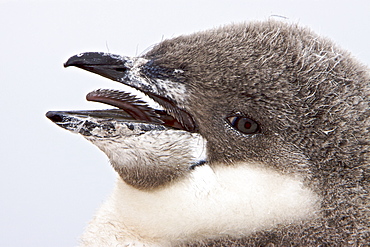
Chinstrap penguin (Pygoscelis antarctica) chick head detail at colony on Useful Island near the Antarctic Peninsula. There are an estimated 2 million breeding pairs of chinstrap penguins in the Antarctic peninsula region alone, perhaps as many as 7.5 million breeding pairs in all of Antarctica. Their name derives from the narrow black band under their heads which makes it appear as if they are wearing black helmets, making them one of the most easily identified types of penguin. Other names for them are "Ringed Penguins", "Bearded Penguins", and "Stonecracker Penguins" due to their harsh call. They grow to 68 cm (27 in). The average adult weight of a Chinstrap Penguin is 4.5 kg (10 lbs). Weight can range from 3 to 6 kg (6.6-13.2 lbs), with males being slightly larger and weight varying based on where the penguin is in the breeding cycle. Their diet consists of krill, shrimp, and fish. On land they build circular nests from stones, and lay two eggs, which are incubated by both the male and the female for shifts of five to ten days. They can also breed on icebergs, though they prefer non-icy conditions. The chicks hatch after about 35 days, and have fluffy gray backs and white fronts. The chicks stay in the nest for 20?30 days before they go to join a creche. At around 50?60 days old, they moult, gaining their adult plumage and go to sea. The Chinstrap Penguin was first described by German naturalist Forster in 1781. Its specific epithet was often seen as antarctica, however a 2002 review determined the genus Pygoscelis was masculine, and hence the correct binomial name is Pygoscelis antarcticus.
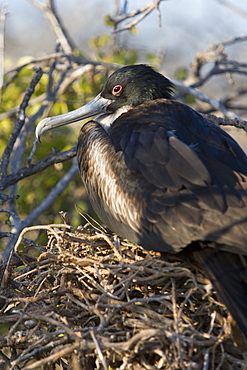
Great frigate bird (Fregata minor) nesting and breeding site on North Seymour Island in the Galapagos Island Group, Ecuador. Pacific Ocean.

Adult waved albatross (Diomedea irrorata) at breeding colony on Espanola Island in the Galapagos Island Archipelago, Ecuador

King Penguin (Aptenodytes patagonicus) breeding and nesting colonies on South Georgia Island, Southern Ocean.
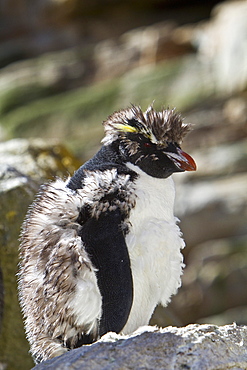
Adult southern rockhopper penguin (Eudyptes chrysocome chrysocome) at breeding and molting colony on New Island in the Falkland Islands, South Atlantic Ocean
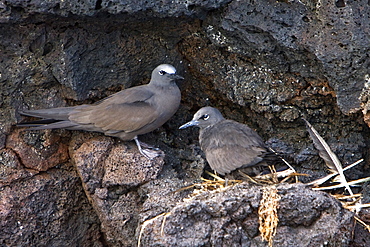
Adult brown noddy (Anous stolidus) pair nesting on cliff face of Champion Island in the Galapagos Island Group. Champion Island is a nesting and breeding area for brown noddies, Pacific Ocean.
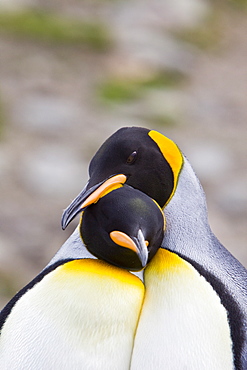
King Penguin (Aptenodytes patagonicus) breeding and nesting colonies on South Georgia Island, Southern Ocean.

Wild Adult Tufted Puffins (Fratercula cirrhata), Colony, In breeding plumage, Bering Islands (Bering sea), Russia, Asia.
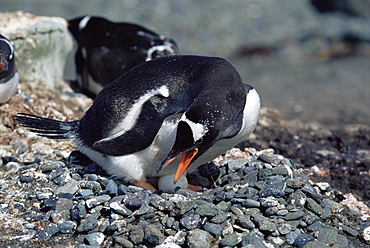
Gentoo penguin (Pygoscelis papua) nesting near whalebone, Aitcho Island, Antarctica, Southern Ocean.
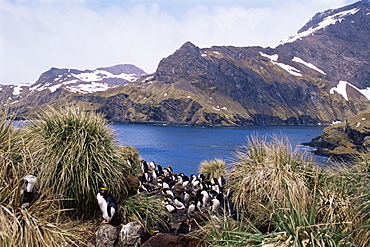
Macaroni penguins (Eudyptes chrysolophus) Nesting amoungst tussock and snow, South Georgia Island, Antarctica, Southern Ocean.

Adult rockhopper penguin (Eudyptes chrysocome chrysocome) at breeding and molting colony on New Island in the Falkland Islands, South Atlantic Ocean
